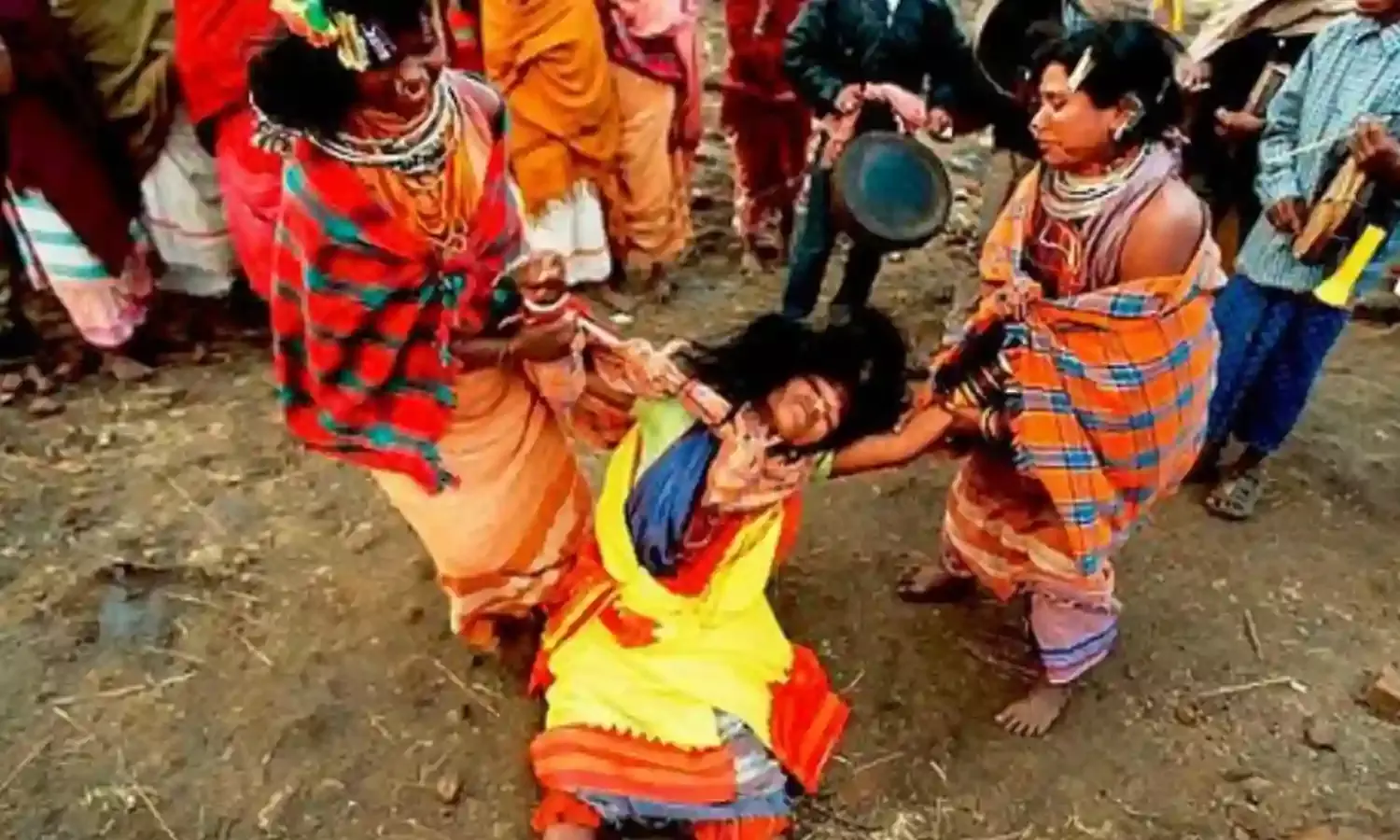Witch Hunting Is Not Yet History
The dangerous term ‘daayan’ makes its appearance several times in early Sanskrit works

‘Sometimes painfully lost people can teach us lessons that we didn't think we needed to know, or be reminded of. The more history changes, the more it stays the same.’ — Shannon L. Alder
July 2018
President Ram Nath Kovind gives assent to the Assam Witch Hunting (Prohibition, Prevention and Protection) Bill, which was passed in 2015 unanimously by the state assembly.
The Act declares witch-hunting a cognisable, non-bailable and non-compoundable offence, imposing a maximum imprisonment of seven years or a maximum fine of Rs 5 lakhs for branding someone a ‘witch’.
November 2018
A 60-year-old woman is murdered in Kokrajhar district of Assam in a suspected case of witch hunting.
Another 60-year-old, this time a man, is charged with practising witchcraft and lynched to death in Assam’s Karbi Anglong, leading to the arrest of 19 people.
In Pune, a 47-year-old woman is beaten to death for ‘practising black magic’. Her husband, attempting to save her, is also killed.
A Cruel History
Growing up, I cannot recall a single week when I did not read of a witch hunt crime in the newspaper. Many of us who live in urban areas have forgotten this shadow, which still lurks in many Indian states.
Witch hunts or witch purges are as old as humankind, documented since the beginning of the civilisations and unconfined — from Europe and North America to Africa and Russia.
Although no concrete evidence of witch hunting can be found in India before the year 1792, the dangerous term ‘daayan’ makes its appearance several times in early Sanskrit works.
According to sources, it was in the fifteenth century that witch purges first emerged in Maharashtra. In the late eighteenth century the Chota Nagpur region became the breeding ground of ‘barbaric’ witch hunts. The Santhals would force ‘witches’ to eat human excreta, one of many ways of torture, before killing them by feeding them to fire.
The British ban on the persecution of witches in the 1840s did little to help; on the contrary such crimes escalated during the revolt of 1857.
Only for a brief period between 1930 and 1970 did the Adivasi movement tone down the ferocity of witch hunts, with the practice reemerging in the eighties.
Sadly, witch hunting is still prevalent in at least 20 Indian states, with Assam, Jharkhand, Odisha and Andhra Pradesh topping the charts of crimes related to this social malpractice.
A woman is killed in India approximately every other day on accusation of practising witchcraft. According to the National Crime Records Bureau, some 2400 cases of witch hunting were filed across the country between 1999 and 2012. Many went unreported.
Besides Assam, several other Indian states including Bihar, Jharkhand and Orissa have enacted legislation against witch hunting. There is Bihar’s Prevention of Witch Practices Act (1999) and Jharkhand’s Witchcraft Prevention Act (2001). In 2005, Chattisgarh passed a special law to combat witch hunting.
However, witch hunts persist. These stringent laws have failed to bring an end to such crimes, and hundreds of women across the country continue to be shamed, ostracised, tortured, raped and killed after being charged with practising witchcraft.
In remote Indian villages, where health and education facilities are dilapidated and scientific ignorance prevails, superstitions easily find their way about. Every time cattle die or crops fail or some mysterious sickness takes over the village, people try finding meaning and cure in the occult — in this case mostly women, who are made the mark for throwing the bolts of blind belief and fear.
The solution to this widespread problem must involve communities, and cannot stop at outlawing it. Besides proper prosecution, complete eradication can only be achieved with an improvement in healthcare and educational facilities in rural areas.
Shigraf Zahbi studies English literature at Jamia Millia Islamia.



